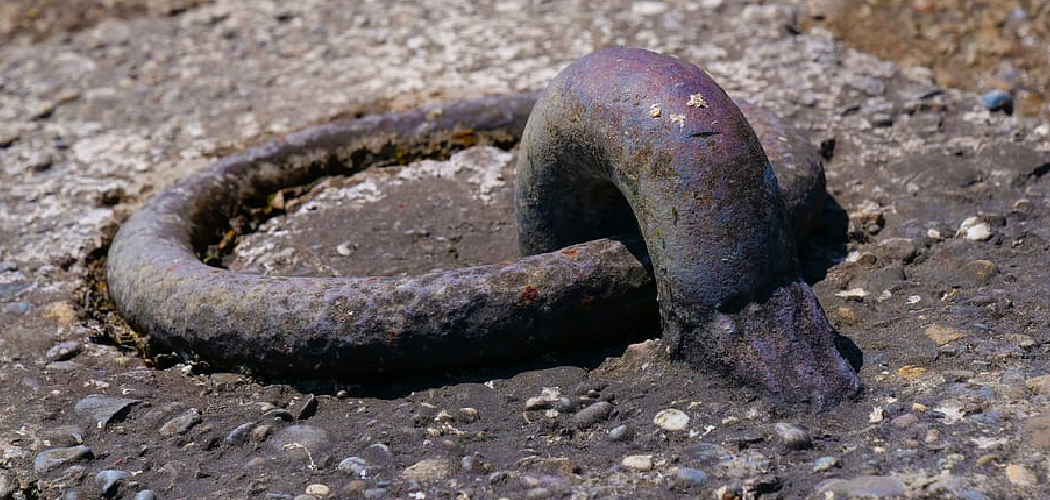When a clog blocks the floor drain in your basement, it can cause major problems. The water may start to pool up and flood the entire space, causing extensive property damage.
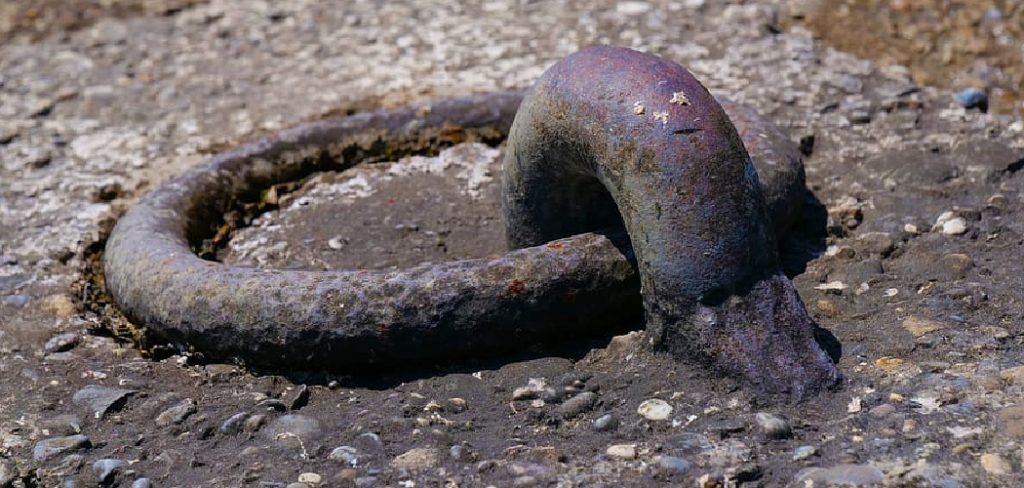
To avoid this potential disaster, you should understand to snake a floor drain in the basement. Snaking is an effective way of removing blockages from pipes and drains and can prevent major plumbing problems.
One of the main advantages of snaking a floor drain in the basement is that it can prevent flooding, which is especially important if your basement has valuable items or property stored in it.
Regularly snaking out the drain and removing any blockages can help ensure that water doesn’t build up and lead to a potential flood. In this blog post, You will learn in detail how to snake a floor drain in the basement.
How Do You Prepare the Floor for Snaking a Floor Drain in the Basement?
The first step in snaking a floor drain in the basement is to prepare the area. Clean out any debris that may be blocking the drain and remove anything that could get in the way of your work, like furniture or other items. Empty out any standing water or residue from the basin of the drain.
You should wear safety gear such as gloves and goggles to protect yourself from any hazardous materials that could be present.

Once the area is cleared, use a plunger to try and free up any clogs or obstructions in the drain. If this does not work, you can try using a plumbers snake. A plumbers snake is a metal cable with an auger attachment on end, which spins when you turn a crank. This can be used to push through any blockages in the pipe and clear out debris.
Tools You Will Need
- Pipe wrench
- Plumber’s snake
- Sink auger
- Drain cleaner
- Bucket
- Towels
- Safety goggles
- Work gloves
- Flashlight
- Screwdriver
Step-by-Step Processes for How to Snake a Floor Drain in the Basement
Step 1: Inspect the Drain
Inspect the floor drain to determine any build-up of debris or grime blocking the passage. Use a stiff brush to dislodge as much of this debris as possible if necessary. Lay out several towels around the base of the floor drain before snaking it. This will absorb any water and residue released during the snaking process.
Step 2: Attach the Auger
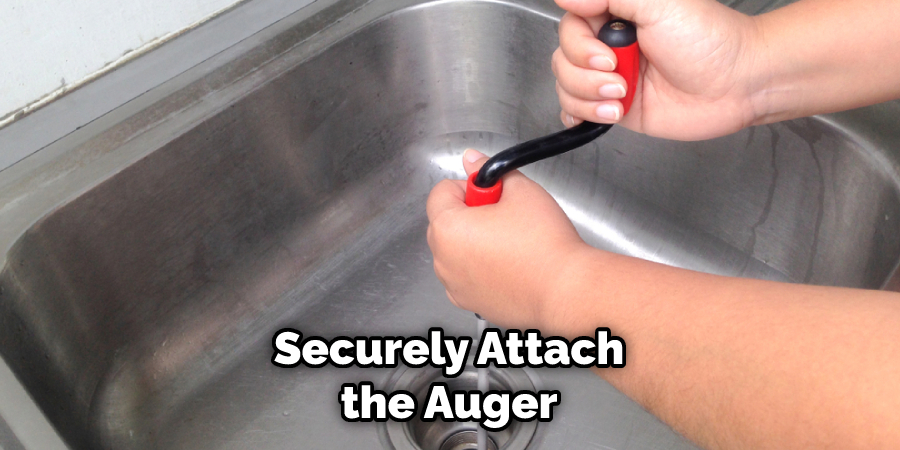
Most drain augers have a built-in connector to attach to a power drill or an electric motor. Securely attach the auger to your chosen power source and ensure that it is engaged properly before attempting to snake the floor drain. Slowly lower the auger into the floor drain until it is fully submerged. Be sure to give it enough slack to move freely and not become too tight when snaking.
Step 3: Begin Snaking
Turn on your power source and slowly begin rotating the auger counterclockwise. As the auger moves through the drain, it will push any debris and clogs to the end of the pipe. Once you have finished snaking, take a few moments to inspect the floor drain for any remaining blockages or buildups. If necessary, repeat steps 2 through 5 until all debris has been removed.
Step 4: Clean the Area
Once finished snaking, remove any towels and other materials used to protect the area around the floor drain. Additionally, cleaning up any residue or water left behind by a snake is important. If you had to remove any covering plates before snaking the drain, reattach them securely.
Step 5: Test the Drain
After all, is said and done, run some water through the floor drain for a few seconds to ensure that it is draining properly. If applicable, ensure that any debris or waste removed from the drain is disposed of properly.
Following these steps will help ensure a successful snaking job for your floor drain in the basement. With the right tools and knowledge, snaking a floor drain can be a relatively easy process, saving you time and money.
Safety Tips for How to Snake a Floor Drain in the Basement
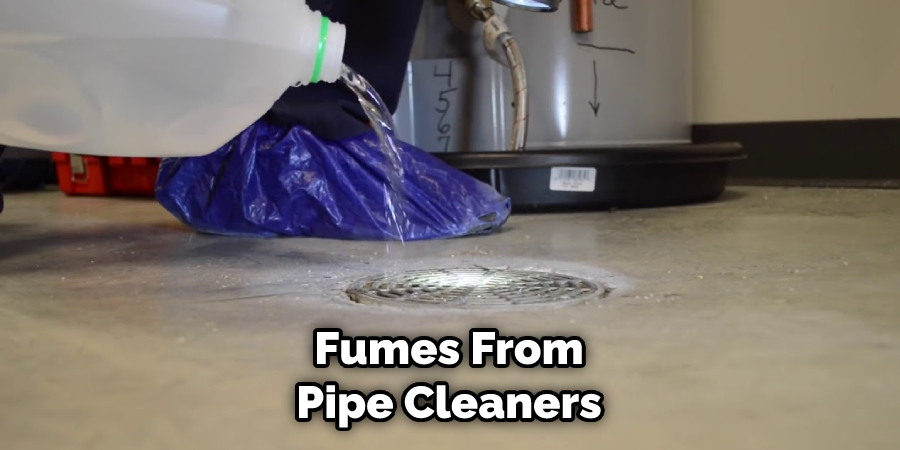
- Always use safety goggles and gloves when snaking the drain.
- Ensure you have good ventilation in the room before starting the job, as fumes from pipe cleaners can be dangerous.
- If you are working with standing water, wear rubber boots to protect your feet from any hazards present in the water.
- Make sure to unplug any electrical appliances in the area before beginning the job.
- Do not attempt to snake the drain if you are unfamiliar with the process and do not have experience in plumbing, as this could result in further damage to your pipes or flooring.
- If you encounter any blockages that cannot be cleared with a snake, contact a professional plumber to help.
- Clean up any mess or debris that you make while snaking the drain, and dispose of it responsibly, following local regulations. This is important to avoid contamination in your home’s water system.
Following these safety tips will ensure you have a successful and safe experience while snaking your floor drain in the basement. Don’t forget to contact a professional plumber if you encounter any difficulties or blockages that you cannot clear with a snake yourself.
Importance of How to Snake a Floor Drain in the Basement
- To Avoid Flooding: A blocked floor drain in the basement can cause a build-up of water that may eventually flood your basement. Snaking the drain will help to clear any blockage and ensure proper drainage.
- To Prevent Further Damage: Not only can a clogged floor drain lead to flooding, but it can also cause further damage to your home if the blockage is not cleared. Snaking the drain will help prevent more serious and expensive damage from occurring.
- To Save Money: By snaking the floor drain in your basement, you can avoid expensive plumbing repairs that may be necessary if the blockage doesn’t get cleared. It’s much cheaper to snake the drain than to repair any damage the clog can cause.
- To Extend the Life of Your Plumbing: Frequently snaking the floor drain in your basement will help prevent major backups from occurring and keep your plumbing system running smoothly. This can prolong its life and help you save money in the long run.
- To Prevent Bad Odors: Clogs and blockages in your floor drain can lead to bad smells as debris and bacteria collect in the drain. Snaking the drain can help remove any clogs or buildup that may be causing unpleasant odors in your home.
- To Maintain Your Home: Snaking the floor drain in your basement is an important part of maintaining your home. It can help keep the space clean and free from any unpleasant odors or flooding that may occur due to a clogged drain.
- To Ensure Safety: Finally, snaking the basement floor drain can help keep your home safe. Clogs and blockages can cause flooding, which can be dangerous if not addressed quickly. Snaking the drain helps keep you and your family safe from any potential harm that could result from a flooded basement.
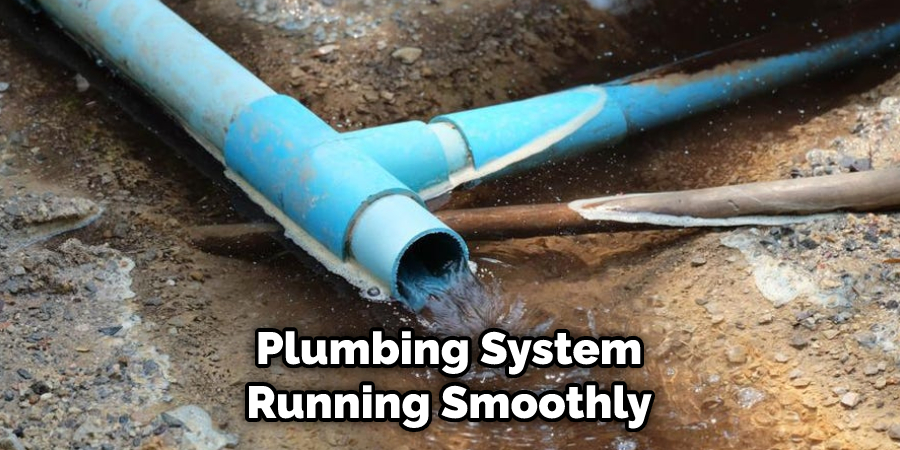
By snaking the floor drain in your basement, you can prevent flooding, further damage, and bad odors and save money in the long run. Regularly snaking your floor drain is an important part of maintaining and keeping your home safe from damage.
How Often Should a Floor Drain Be Snaked in the Basement to Maintain Optimal Performance?
It is important to snake a floor drain in the basement on a regular basis for optimal performance. This can help prevent clogs, backups, and other potential issues arising from an unmaintained drain.
You should snake your floor drain at least once a year, but depending on the level of usage and debris entering the drain, you may need to snake it more often. To ensure your floor drain is in peak condition and performing optimally, consider inspecting and cleaning the drain regularly.
This can involve checking the clean-out plug for blockages or obstructions, clearing out any debris that may be blocking the flow of water, and snaking out any clogs.
Additionally, you may want to use a drain cleaner with enzymes or bacteria to help keep the drains clear and prevent the build-up of organic material.
If your floor drain is not performing optimally or you are experiencing regular backups, it’s likely time for a professional plumber to come in and inspect the issue further. A good plumber can assess the situation and recommend how often to snake the floor drain to maintain optimal performance.
Is Preventing a Clog From Forming in the Floor Drain Possible by Taking Any Proactive Steps?
Yes. One of the best ways to prevent a clog from forming in your basement floor drain is to keep an eye on what’s going down the drain. Avoid putting grease, food scraps, and other solid materials down the drain, as they can accumulate and cause a clog. Additionally, you should regularly screen the floor drain with a filter to catch any materials that manage to get through.
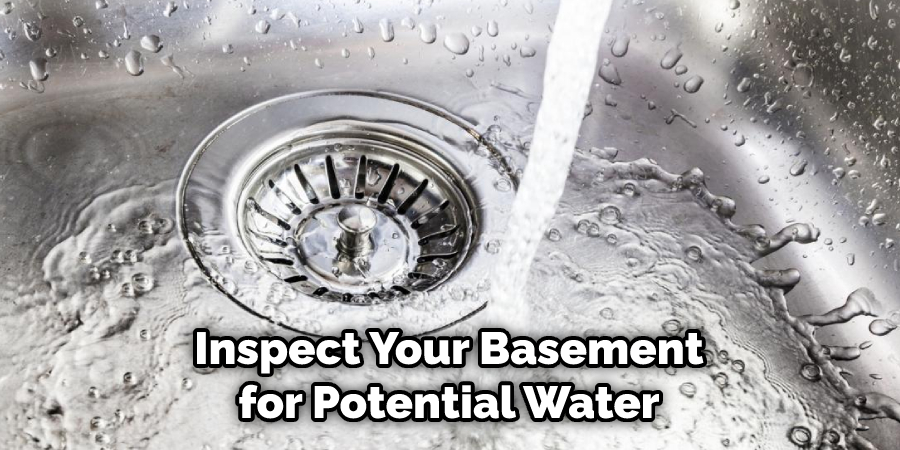
You should also inspect your basement for potential water intrusion and plumbing issues, as these can be contributing factors to clogged drains. Finally, you may want to consider having your drain professionally snaked once or twice a year to clean out any debris buildup and keep your drains working properly.
By taking these proactive steps, you can help prevent clogs in your basement floor drain and avoid the need for more extensive plumbing repairs.
What Are Some Common Signs That Indicate There is a Clogged Floor Drain in the Basement?
One of the most common signs that a floor drain in the basement is clogged is an unpleasant odor coming from it. This odor will often be musty and could indicate mold growth, which can lead to dangerous health risks.
Additionally, the water backing into the drain may appear dirty or discolored. If you notice any of these signs, it is important to act quickly and snake the drain before any major damage can occur.
Other common signs include slow-draining water or not draining at all, gurgling sounds coming from the pipe, and a backup of sewage or water into your basement.
If you notice any of these problems, then it’s time to snake the drain. Snaking a floor drain in the basement is not difficult and can be done quickly with the right tools and knowledge.
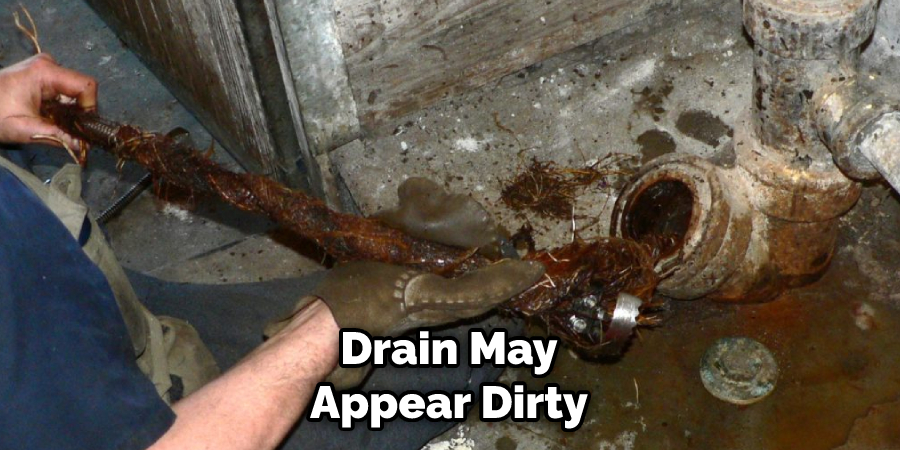
Before you begin, it’s important to ensure that all of your safety precautions are taken and that you have the necessary materials on hand, such as gloves, eye protection, and a drain snake. Once you have everything, you can proceed with snaking the floor drain in your basement.
Conclusion
One of the main disadvantages of snaking a floor drain in the basement is that the process may cause potential structural damage or plumbing problems. If not done correctly, snaking can cause damage to pipes, seals, and other components, which could lead to costly repairs.
It can also create an unsafe environment if the snake is pushed too far, resulting in the potential of overflowing water and flooding the basement.
In conclusion, snaking a floor drain in the basement can seem daunting, but with the right tools and some patience, you can successfully snake a clogged floor drain. Immediately after snaking the drain, be sure to flush it with hot water to clear any lingering debris that may remain in the pipe.
Finally, if your clog is more persistent than expected or you are unable to snake the drain, consider calling a professional plumber who can help you remove the clog and unclog your floor drain in the basement.
I hope this article has been beneficial for learning how to snake a floor drain in the basement. Make Sure the precautionary measures are followed chronologically.

